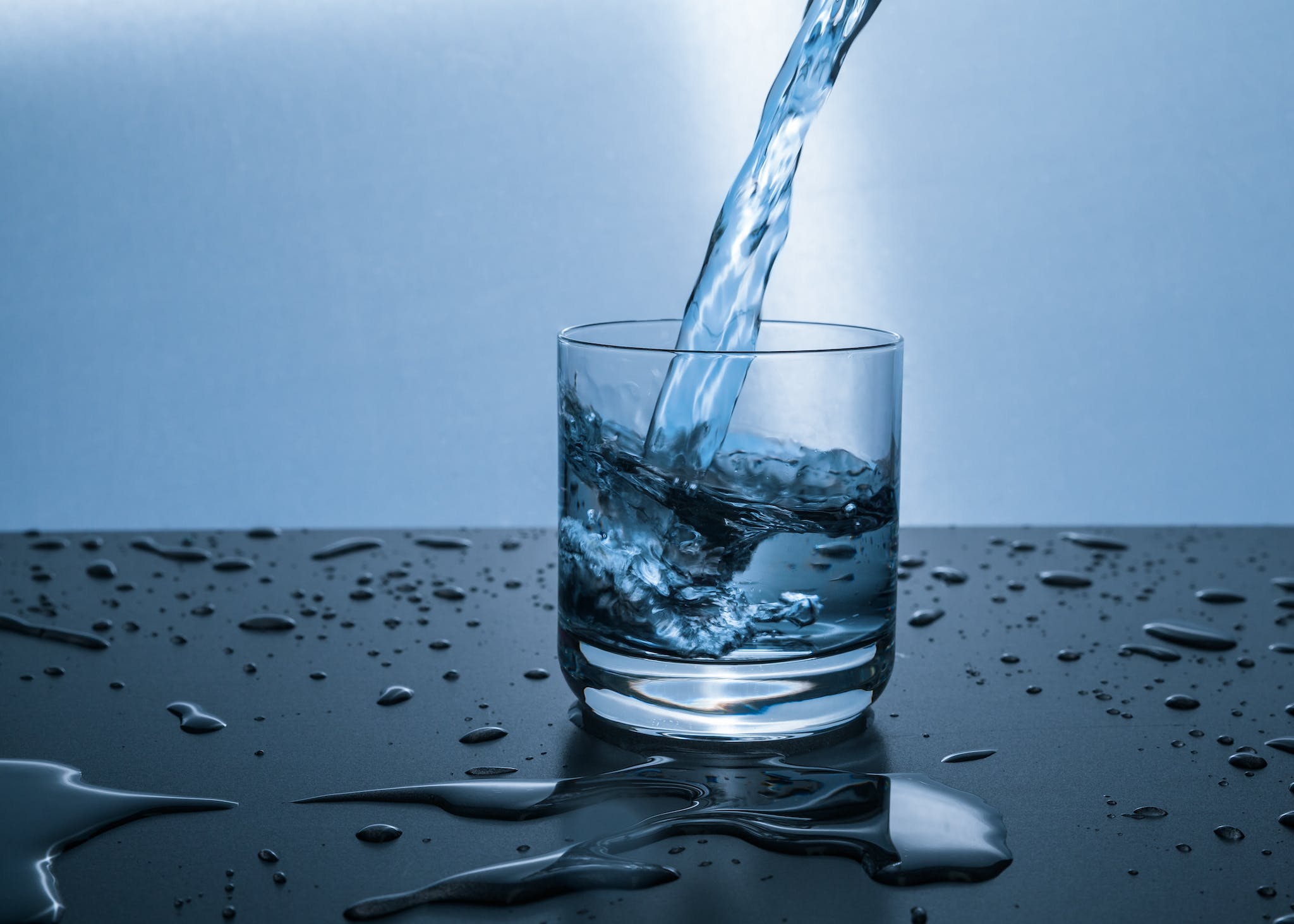
Drinking water contaminated with lead is a public health concern. Can certified household water filters effectively remove lead when concentrations are elevated? A new review of studies published in Water Research suggests certified filters often perform well in real-world conditions.
Main Takeaway:
- The majority of NSF/ANSI 53 certified water filters tested were able to reduce lead to the certification benchmark level when used in real-world settings.
Methods Overview:
- Literature review by Tang et al. of 23 studies on NSF/ANSI 53 certified water filter performance.
- Included pitcher, faucet-mounted, and under-sink filter types.
- 1,528 filters tested in field studies, 150 in lab studies.

Key Findings:
- 1,512 out of 1,528 (99%) filters in field studies reduced lead to the certification benchmark.
- Filters tested in field conditions outperformed those in lab tests.
- Faucet-mounted filters showed better lead removal than pitchers or under-sink types.
Significance:
- Suggests certified filters can protect against lead exposure when properly maintained and used within certification conditions.
- Field performance is more representative than lab tests exceeding certification criteria.
Study Details
- Published in Water Research, July 2023
- Conducted by researchers Tang, Lytle, Achtemeier, and Tully
- Literature review of 23 studies on NSF/ANSI 53 certified water filters
See the full study in Water Research
Limitations:
- Small sample sizes limited statistical comparisons between filter types.
- Few studies at lead levels above 150 μg/L certification concentration.
Recommendations:
- Results support using certified filters as a temporary protective measure when lead is elevated.
- Proper operation and maintenance remains important for ensuring certified performance.
- Certain filters may be tested to remove lead at concentrations higher than the NSF 53 requirement of 150 μg/L. For example, some have been verified to reduce lead up to 330 μg/L. So testing beyond the minimum NSF standard could indicate better performance.
Have you used certified filters when lead was detected in your home’s water? How well did they work? Share your experience in the comments!
FAQs:
Q: Can any water filter remove lead?
A: No, the filter must be certified to NSF/ANSI Standard 53 to ensure it meets lead removal criteria. Uncertified filters may not reduce lead sufficiently.
Q: What lead levels are filters tested at?
A: NSF 53 certified filters are tested up to 150 μg/L of lead, whereas NSF 401 tests up to 330 μg/L. The higher lead challenge level of NSF 401 provides added assurance of lead removal capabilities beyond the NSF 53 minimum benchmark. Knowing the standard and lead test concentrations can help consumers choose filters fit for their water conditions.
Q: Do filters remove lead instantly?
A: It takes time for water to pass through the filter and for lead to be removed. Follow manufacturer guidance on flush volumes and use to allow full filtration.
Q: Should I test filtered water to confirm lead removal?
A: Yes, testing filtered water is recommended to validate concentration is below action levels, especially when lead in source water is highly elevated.
Q: Do these filters remove estrogenic compounds?
A: The NSF 53 certified filters covered in this article do provide some removal of estrogen hormones like estrone and estradiol through adsorption. However, they aren’t specifically tested for this capability.
Another standard, NSF 401, offers more comprehensive testing that verifies greater reduction of estrogenic compounds, as discussed in this study. While NSF 53 meets the minimum benchmark, NSF 401 represents a higher standard for filters that need to reduce hormones and other emerging contaminants.
Q: Are there any standards higher than NSF 53 for water filters?
A: NSF 401 is considered a higher standard than NSF 53 in terms of contaminant removal testing. It uses continuous flow instead of intermittent flow, higher influent concentrations, and covers a broader range of emerging and unregulated contaminants. For filters needing to reduce hormones, pharmaceuticals, or other trace contaminants, NSF 401 provides greater validation.







